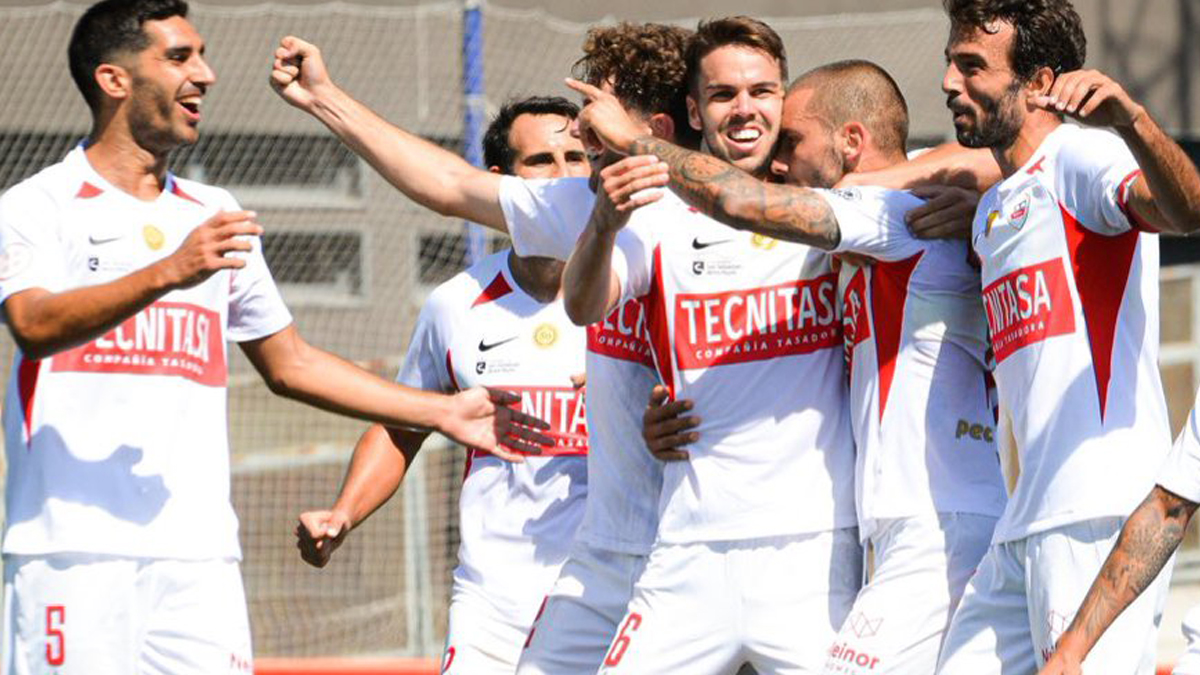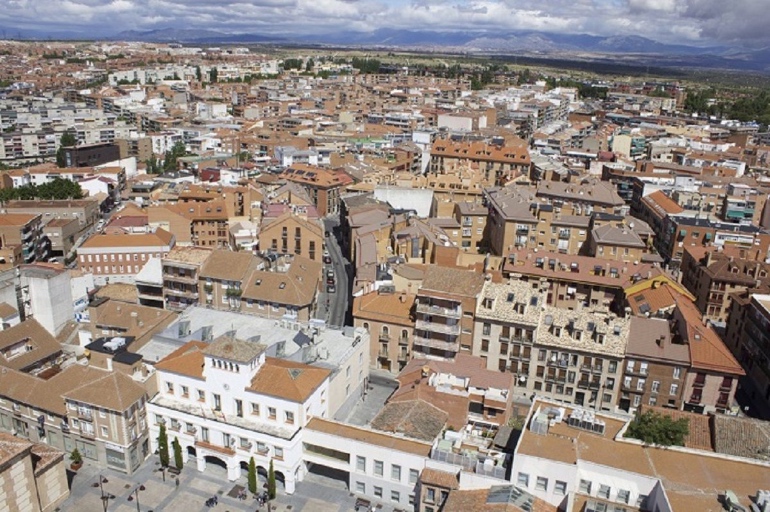White-red-white just northwest of Madrid

The best Spanish team to play with a red horizontal stripe, San Sebastián de los Reyes is a classic of Madrilean football and has played many seasons in the third tier. This has led Sanse to become one of the best semiprofessional teams in the region, failing to reach professional football after having been close. Welcome to…Sanse.

The city
San Sebastián de los Reyes is a suburb of Madrid and cannot, despite its 91,000 inhabitants, be found in the top 10 biggest suburbs of Spain’s capital. The city of San Sebastián de los Reyes lies northwest of Madrid, close to cities like Alcobendas, Torrejón de Ardoz, and Alcalá de Henares, and is locally known as ‘Sanse’, as the difference between San Sebastián de los Reyes and ‘Sanse’ is seven syllables.

Moreover, the city is known as ‘Pamplona chica‘ (‘small Pamplona’) for its bullfighting traditions. During the encierros, bulls are set free in the streets of the city and runs after the locals. However, due to stably increasing critique of bullfighting traditions, the future of these festivities becomes less and less certain.
/cloudfront-eu-central-1.images.arcpublishing.com/prisaradio/7PXQU3CCJ5FCBHV6WQLPUY6VRE.jpeg)
Football in Sanse
As the city’s expansion only reached notable inhabitant numbers in the 1960s, the first football clubs were founded right after. One was Sanse ED, a club that we currently know as Unión Deportiva San Sebastián de los Reyes. Already during the year of its foundation, 1971, Sanse was the best team in the city, even though they were only active in the amateur divisions of Madrilean football.

For all sanseros, there is a clear difference between before and after the 1980s. As a matter of fact, Sanse made its debut in the Tercera División in 1985 and even reached the Segunda División B two years later. It was an incredible achievement for a Madrilean side with a relatively short history.

Since this period, the franjirrojos have played in this third division most of the time, and the Tercera has become a division below Sanse’s standards. The best season of the sansebastianenses was 2020-21, reaching the playoffs for promotion to the Segunda División for the first time. Even though they failed, Sanse managed to qualify for the prestigious Primera Federación.

Matapiñonera
If ‘Matapiñonera‘ isn’t one of the most beautiful stadium names in Spanish, no name is. The Matapiñonera (pronounced: [matapiɲo’neɾa]) is an arena with a capacity of 3,000 and officially holds a second name: Estadio José Luis de la Hoz, after the man who presided over the club for 17 years.

The future
Sadly, Sanse suffered relegation to the Segunda Federación in the spring of 2023. Moreover, the sanseros have never bounced back after relegation, playing at least two consecutive seasons in a lower division after the previous relegations. Finally, Sanse finds itself in a tough group for the 2023-24 season, including Talavera, Navalcarnero, Guadalajara, Numancia, Badajoz, Unión Adarve, and Cacereño. Nevertheless, having the odds against them will only be more motivation for the franjirrojos to return to the third tier as soon as possible. This was…Sanse.

Sources
- Borchers, L. (2021). GOLAZO. Self-published.
- Borchers, L. (2022). CARA O CRUZ. Self-published.
- http://lafutbolteca.com/union-deportiva-san-sebastian-de-los-reyes-s-a-d/
- https://www.ud-sanse.com/el-club/historia/
- https://espanaestadios.com/2018/09/12/san-sebastian-de-los-reyes-estadio-nuevo-matapinonera/
Leave a comment